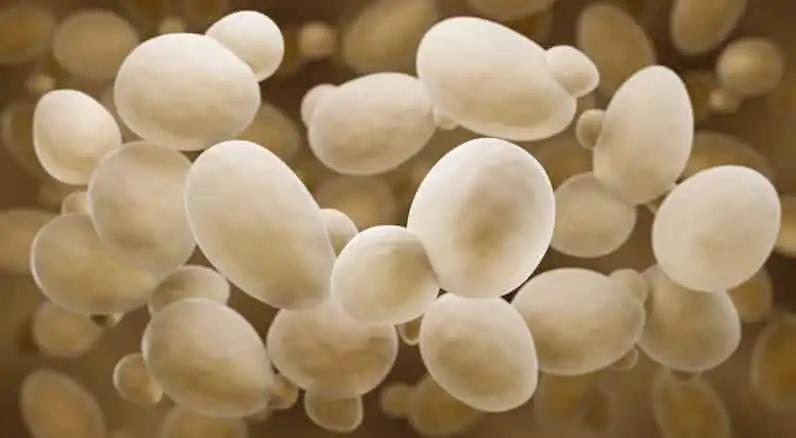KEY TAKEAWAYS
- The phase 1 trial aimed to assess the safety, tolerability, and preliminary efficacy of Xaluritamig monotherapy in mCRPC pts.
- The result demonstrated that xaluritamig shows promise in heavily pretreated mCRPC with manageable CRS and encouraging early efficacy.
Xaluritamig is a promising new treatment for prostate cancer. Xaluritamig is a novel bispecific antibody (XmAb®) that acts as a 2+1 T-cell engager that has two binding sites for STEAP1, a protein found on cancer cells, and one binding site for a type of immune cell called a T cell. This allows it to bridge the gap between the cancer cell and the T cell, triggering the T cell to destroy the cancer cell.
Herein, Chia-Chi Lin and other researchers presented the findings from a dose exploration study of xaluritamig monotherapy, the first-in-human trial for pts with metastatic castration-resistant prostate cancer (mCRPC).
The interventional study inclusion criteria comprised patients (pts) with mCRPC resistant to previous novel hormonal therapy and having received 1–2 taxane regimens, with ECOG performance status 0–1 and satisfactory organ function. Xaluritamig was intravenously administered weekly (QW) or every two weeks (Q2W) across different dose levels/schedules (DLs). The objective was to assess safety, tolerability, antitumor activity, and pharmacokinetics (PK) and establish the maximum tolerated dose (MTD) and recommended phase 2 dose (RP2D).
About 97 pts within 15 DLs have received one or more doses of Xaluritamig. The median age was 67 years, ranging from 40 to 86 years, and 69 (69.1%) pts had undergone more than 3 prior lines of therapy. Treatment-emergent adverse events (TEAEs) were reported in all pts (grade ≥3, 74.2%). TRAEs were reported by 95.9% of pts, and(grade ≥3, 52.6%). The most prevalent AEs included cytokine release syndrome (CRS; 72.2%), fatigue (52.6%), anemia (45.4%), pyrexia (40.2%), and myalgia (39.2%). CRS events were predominantly of grade 1/2, with one event graded as 3 (no grade 4/5 CRS; occurred in cycle 1).
In the DL15 QW cohort, 3 out of 6 subjects with evaluable dose-limiting toxicity (DLT) experienced DLTs, establishing DL14 QW as the MTD. TRAEs leading to discontinuation occurred in 17.5% of pts. Prostate-specific antigen (PSA)50 responses (≥ 50% PSA decline) were observed in 42 pts (47.2%), and PSA90 responses were seen in 24 pts (27.0%). PSA responses were more frequent at higher DLs (DL8–15) than in lower DLs (DL1–7).
The Response Evaluation Criteria in Solid Tumors (RECIST) responses included 15 confirmed partial responses (22.7%) and 30 stable diseases (45.5%). At higher DLs, 14 pts (38.9%) had confirmed partial responses, and 12 (33.3%) had stable diseases. Preliminary PK analysis indicated a dose-proportional increase in exposure, with a mean terminal half-life ranging approximately from 3 to 4 days.
The study concluded that xaluritamig demonstrated tolerability, characterized by low-grade CRS, primarily occurring in cycle 1. These findings are promising, indicating favorable safety profiles in heavily pretreated pts with mCRPC.
This study is sponsored by Amgen.
Clinical Trial: https://clinicaltrials.gov/study/NCT04221542
Kelly WK, Danila DC, Lin CC, et al. “Interim results from a phase I study of AMG 509 (xaluritamig), a STEAP1 x CD3 XmAb 2+1 immune therapy in patients with metastatic castration-resistant prostate cancer (mCRPC)”. Presented at ESMO ASIA Congress 2023. (Abstract: 264P).



